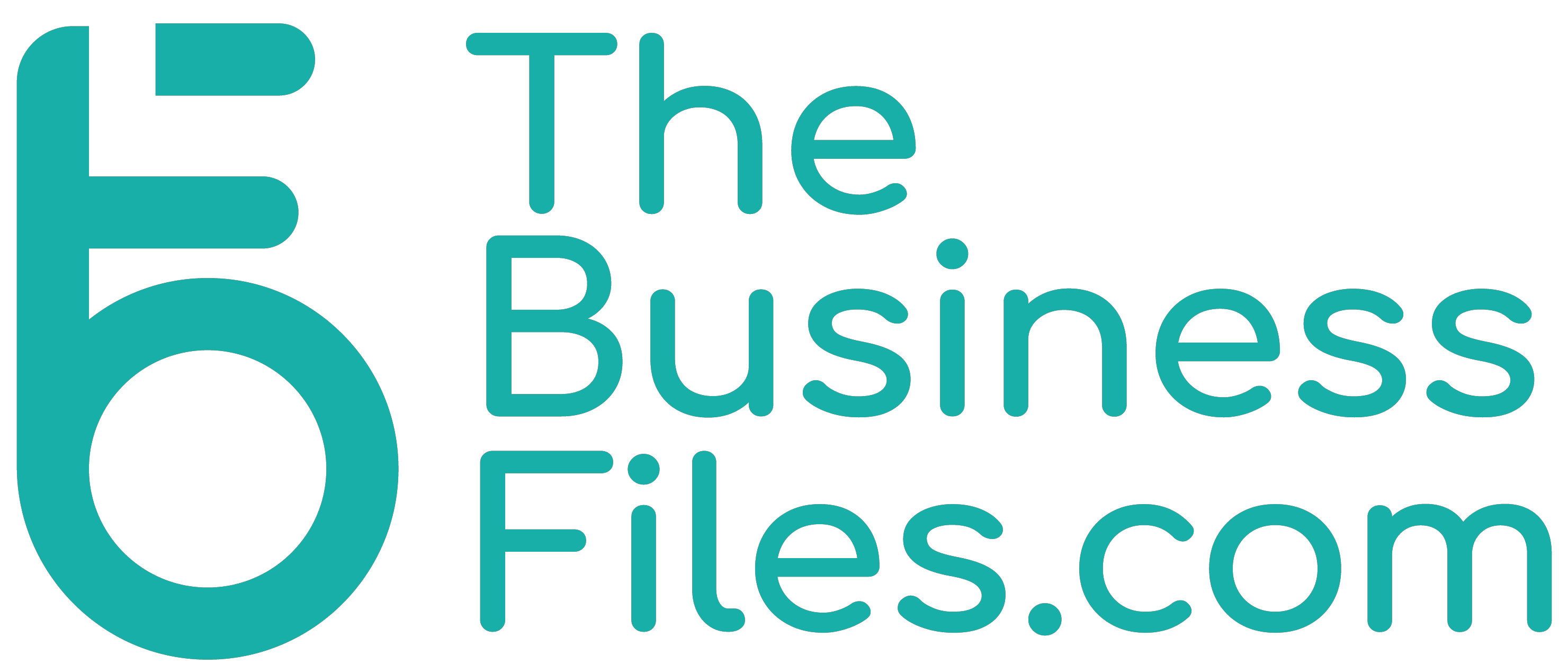The dollar retreated on Wednesday on further signs of a U.S. economic slowdown after orders for core capital goods slipped more than expected in March as concerns festered about a looming vote in Congress over the unresolved debt ceiling.
The Swedish crown weakened sharply after the country’s central bank was less hawkish than expected, while the euro rebounded 0.65% from losses on Tuesday when jitters over U.S. regional banks buoyed the safe-haven dollar.
The dollar index , which measures the currency against six major rivals, fell 0.422% as new orders for key U.S.-manufactured capital goods fell more than expected last month, the Commerce Department said.
Shipments also declined, suggesting that business spending on equipment was likely a drag on economic growth in the first quarter.
Manufacturing, which accounts for 11.3% of the U.S. economy, is reeling from the Federal Reserve’s fastest interest rate hiking campaign in four decades.
Driving the dollar versus major currencies are early signs of a U.S. slowdown and decelerating inflation that will be greater than other economies, said Thierry Wizman, global FX & interest rates strategist at Macquarie in New York.
“Whatever slowdown we’re going to see in the U.S. is going to come earlier and it’s going to be more intense, at least in its early stages, than whatever we’re going to see coming out of the rest of the world,” Wizman said.
“The disinflation that we’re seeing or going to see in the U.S. in final goods and services prices, is going to be more intense, more significant, than whatever disinflation that we get in the rest of the world,” he said.
The Fed is expected to hike rates by 25 basis points when policymakers conclude a two-day meeting on May 3, and then will likely pause its rate hike campaign.
But the market expects further rate hikes from the European Central Bank, a difference with the Fed that is driving currency moves.
Sweden’s central bank raised its policy rate by half a percentage point to 3.50% in line with market forecasts, and said it expected a further hike at its meeting in June or in September, but two deputy governors voted for a smaller hike.
“This dovish dissent is a recipe for more weakness against the euro because of the rate differential,” said Kenneth Broux, head of corporate research for FX and rates at Societe Generale.
The Norwegian crown “is also getting caught in the crossfire, and I think the scandies can weaken more and put pressure on the central banks to jawbone their currencies (i.e. try to talk them stronger),” said Broux.
The euro rose 1.05% against the crown to a high of 11.426, set for its biggest one-day gain since early March. The dollar , which traded down 0.7% against the crown before the Riksbank’s decision, rose 0.79% to 10.32.
The euro climbed 0.16% on the Norwegian crown to a fresh three year high of 11.747 .
Sterling was last trading at $1.2462, up 0.44% on the day, while the yen strengthened 0.28% at 133.34 per dollar.
Investor attention will firmly be on the slate of central bank meetings in the next few weeks with the Bank of Japan, under the new Governor Kazuo Ueda, holding its policy meeting later this week.

